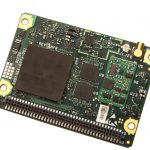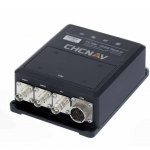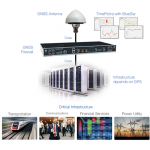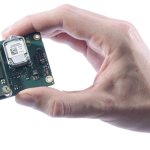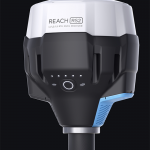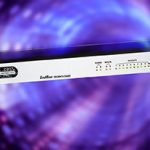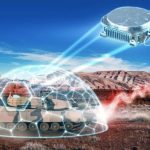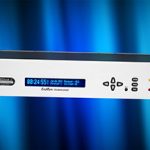Collins Aerospace Achieves Critical Security Certification for M-Code Common GPS Module
CEDAR RAPIDS, Iowa (May 22, 2019) – Collins Aerospace Systems, a unit of United Technologies Corp., has received the Global Positioning Systems Directorate (GPS-D) security certification from the U.S. Air Force Space and Missile Systems Center (USAF SMC) for its Military Code (M-Code) Common GPS Module (CGM). Security certification validates compliance to the stringent Military GPS User Equipment (MGUE) hardware and software security design specification. With security certification, the U.S. Department of Defense (DOD) can significantly expand MGUE receiver integration and testing locations supporting the operational deployment of M-Code.
By Inside GNSS
